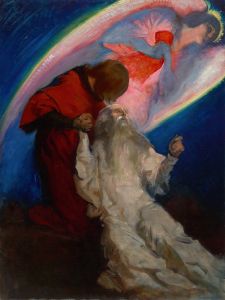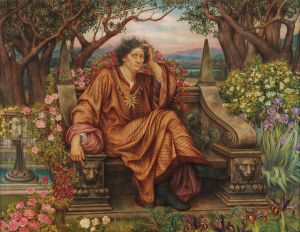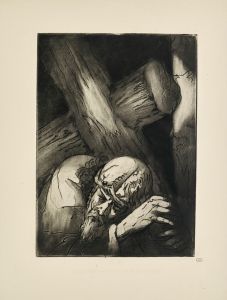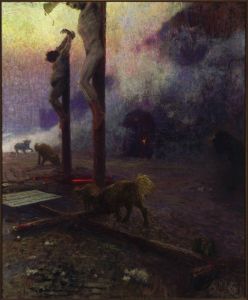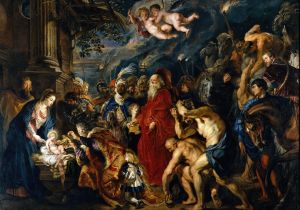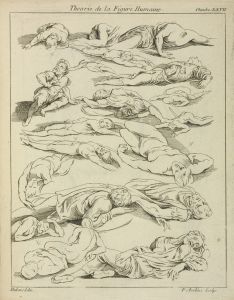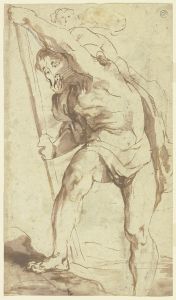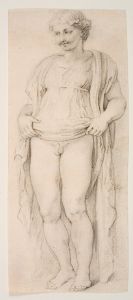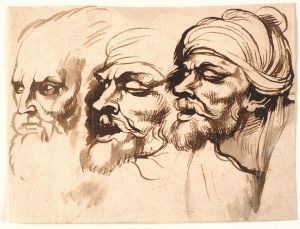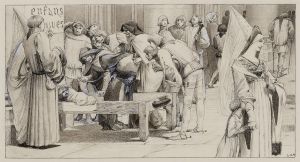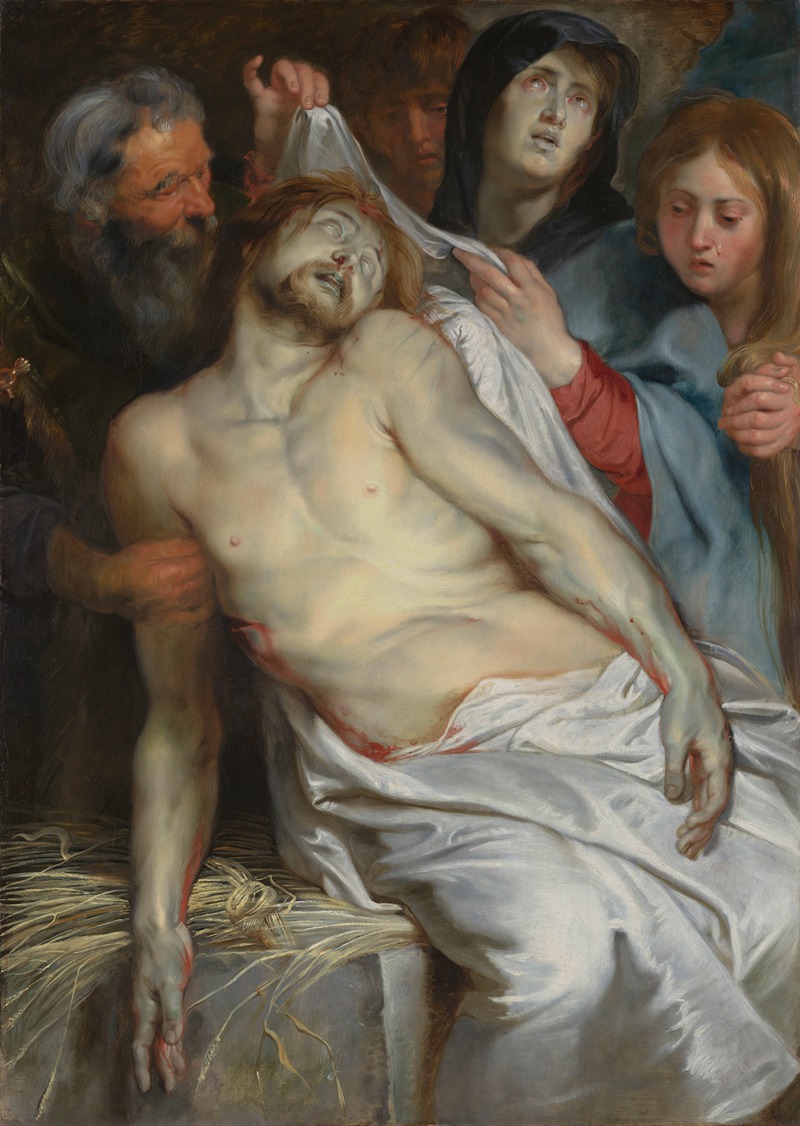
Christ on the Straw
A hand-painted replica of Peter Paul Rubens’s masterpiece Christ on the Straw, meticulously crafted by professional artists to capture the true essence of the original. Each piece is created with museum-quality canvas and rare mineral pigments, carefully painted by experienced artists with delicate brushstrokes and rich, layered colors to perfectly recreate the texture of the original artwork. Unlike machine-printed reproductions, this hand-painted version brings the painting to life, infused with the artist’s emotions and skill in every stroke. Whether for personal collection or home decoration, it instantly elevates the artistic atmosphere of any space.
Peter Paul Rubens, a prominent Flemish Baroque painter, is widely celebrated for his dynamic compositions, vivid use of color, and masterful depiction of religious and mythological themes. Among his extensive body of work is the painting Christ on the Straw (Christus op het Stro), a poignant representation of the dead Christ.
Christ on the Straw depicts the lifeless body of Christ laid on a bed of straw, a somber and intimate portrayal of the aftermath of the Crucifixion. The painting reflects Rubens' deep engagement with religious themes and his ability to convey profound emotion through his art. The composition is marked by its dramatic use of light and shadow, a hallmark of Baroque art, which enhances the sense of depth and draws the viewer's attention to the central figure of Christ. The work is also notable for its naturalistic details, such as the texture of the straw and the delicate rendering of Christ's body, which emphasize the humanity of the subject.
This painting is believed to have been created during Rubens' mature period, a time when he was at the height of his artistic powers and producing some of his most significant works. Rubens was deeply influenced by the Counter-Reformation, a movement within the Catholic Church that sought to reaffirm its doctrines and inspire devotion through art. Christ on the Straw aligns with the Counter-Reformation's emphasis on emotional engagement and the depiction of Christ's suffering as a means of fostering piety among viewers.
The exact circumstances of the commission or creation of Christ on the Straw are not well-documented, but it is consistent with Rubens' broader oeuvre, which includes numerous altarpieces and devotional works. The painting is thought to have been intended for private devotion or as part of a larger religious setting, given its intimate scale and focus on Christ's sacrifice.
Today, Christ on the Straw is housed in the Musée des Beaux-Arts in Valenciennes, France. The museum acquired the painting in the 19th century, and it remains an important part of its collection. Visitors to the museum can view the work alongside other masterpieces from the Baroque period, gaining insight into Rubens' artistic legacy and the religious fervor of his time.
Rubens' Christ on the Straw continues to be admired for its emotional depth, technical brilliance, and its ability to convey the spiritual themes central to the Baroque era. The painting serves as a testament to Rubens' enduring impact on the history of art and his ability to move audiences through his powerful visual storytelling.





